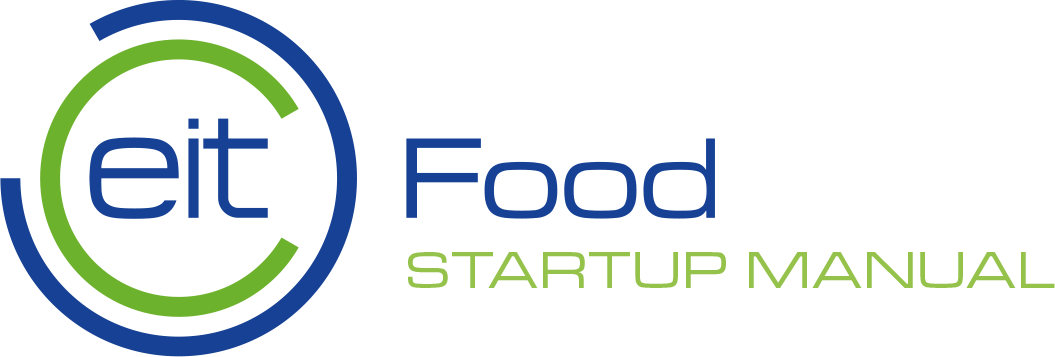Module 2 – Proving to the world that your idea is worthy and developing a proposition
6. Module 3 Wrap-up
Key take-aways
- Turn your idea into a business model. It’s important to get your ideas down on paper and start articulating what makes your startup special and how you will go about achieving your vision. Tools like the startup canvas are very helpful.
Time to stop and think: who is your target customer? What problem are you trying to solve? What’s your cost structure? What’s your profit margin?
- Phases of growth: as you progress in your journey you’ll have different opportunities and challenges. Planning for these phases of growth and getting the right resources in place will help you succeed.
- It’s good to go through the process of business modelling to detail all parts and aspects of your business.

Time to stop and think: what is your “Why” behind it all, why does your business exist?Who are your key partners? How do they help you and what activities do they perform?What are your key activities, i.e. what do you do as a business? What activities are important for your distribution, customer relationships and revenue? What about your key resources – what resources are important for your distribution, customer relationships and revenue? What value do you deliver to your customer(s), how do you help them?How do you interact with your customers and what are your main distribution channels?What are your costs and what are customers willing to pay? What are your offering’s unique selling points?
- Things don’t always go according to plan. It’s important to have contingency plans in place for when you come up against roadblocks. It’s also key to learn from mistakes or events that made you deviate from your plan.
Time to stop and think: how can we do better? What could we have done differently?What can we learn from this for next time? What plans or processes should we put in place to ensure this doesn’t happen again?
- Be transparent and honest with your investors and other partners when things go wrong. Communicate your next steps and show confidence in your next move.
Now, let’s get active!
- Fill in the Business Model Canvas. Print a physical copy of the canvas template, and brainstorm each of the nine sections with your co-founders or an advisor if you’re a solo founder.
- Come up with a business plan including company overview, offering, target market, target customers & competition, sales & marketing strategy, operations, team and, last but not least, financial plan. Your financial plan should include a profit and loss statement, a balance sheet and a cashflow statement.

Additional Resources
Canvanizer: an online tool to create your business model canvas: https://canvanizer.com/new/business-model-canvas
Some business plan FAQs from the British Library
(a great resource for startups by the way):
https://www.bl.uk/business-and-ip-centre/articles/business-plan-faq
Business plan mistakes to avoid:
https://www.bl.uk/business-and-ip-centre/articles/how-to-avoid-business-planning-mistakes
A business plan template from startuploans:
https://www.startuploans.co.uk/business-plan-template/
More business plan templates:
https://www.businessnewsdaily.com/5067-free-business-templates-word-pdf.html

